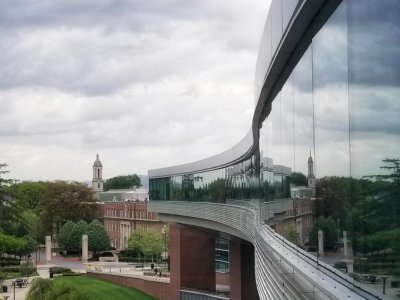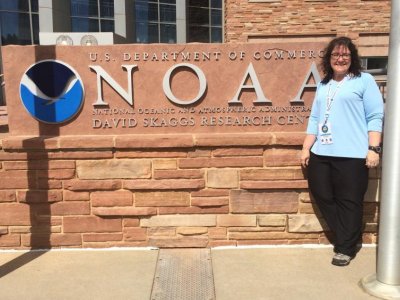The concept of resilience originated from biophysics to describe the ability of a system to rebound after disturbances. Resilience at the community level is defined by social scientists in disaster management as the capacity of a community to withstand and recover from disturbing events. Though individual agency plays an important role in constructing community resilience, a group of resilient individuals does not form a resilient community. Community resilience is greater than the summation of its individual members’ resilience.
Community resilience incorporates individual-level responses and preparedness, with a networked social support system in communities to withstand and recover from public health emergencies. These can range from natural disasters such as flooding or a hurricane or public works breakdowns such as blackouts or drinking water contamination. It could also involve an illness that runs rampant in the form of a pandemic such as COVID-19.
The construction of community resilience relies heavily on communication, and during an unprecedented time of lockdowns and social distancing with COVID-19, social media can become an important platform for community-based communications.
COVID-19 has imposed tremendous physical and emotional tolls on individuals and communities across the globe, highlighting the importance of resilient communities able to navigate myriad challenges. Both the U.S. Department of Health and Human Services and the World Health Organization have emphasized that building resilient communities are public health priorities.
But what types of factors may influence our perceptions of how resilient a community actually is? Social media use may offer insights and give us an idea of how quickly we feel our communities might not just “bounce back,” but come back even stronger before the next challenge.
By surveying people’s social media using behaviors during the pandemic, we investigated how social media engagement influenced people’s perceptions of community resilience. This provided a bottom-up perspective to understand whether community capacities were perceived as sufficient during the COVID-19 pandemic as well as how individual attitudes and behaviors can help build resilience at a collective level.
We collected two waves of data in October and December 2020 and found that people generally used social media more during the pandemic. Specifically, people used social media for four major purposes:
- Taking actions to help others,
- Seeking COVID-19-related information,
- Providing/receiving social support, and
- Avoiding COVID-19.
Besides social media usage, people’s perceptions of collective efficacy and their levels of identification with their communities also positively influenced their perception of community resilience. Moreover, we found that the emotions people experienced during the COVID-19 pandemic can influence their perceptions of community resilience. The more positive emotions people experienced, the more likely they were to perceive their communities as resilient during the pandemic.
These findings from our study suggested that using social media as a community-based coping strategy can in certain circumstances help strengthen the networked social capital within the community during a health crisis, especially in a time of social distancing when social media became a major tool for community-based communications.






